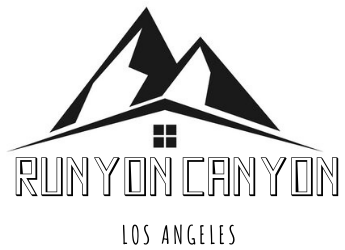How is SQL license in a virtual environment?
With SQL Server, you can: License individual virtual machines (VM), and when licensing per core, buy core licenses only for the virtual cores assigned to the VM. VM license mobility is a Software Assurance benefit. Without Software Assurance, licenses can be moved from one server to another only once every 90 days.
How many SQL Server licenses do I need?
You need at least four core licenses for each physical processor on the server (core licenses are sold in packs of two). The SQL Server or any of its components needs to be licensed. What this means is that you can’t separate products of the SQL server over different machines.
How many cores do I need for SQL Server?
Note: When running SQL Server in a physical environment, licenses must be assigned to all of the physical cores on the server. A minimum of four core licenses per physical processor are required, with licenses being sold in packs of two.
Do you need CALs for SQL Server?
How many CALs do I need? Every User or Device accessing the SQL Server software, virtual or physical, must be licensed with a SQL CAL. Users and Devices accessing the SQL software indirectly through another application or hardware device will still need a CAL.
How many cores do I need for SQL?
How many cores does a server need?
Microsoft recommends using one core per virtual machine. Depending on the application running, we have experienced the need to run up to two cores per virtual machine (e.g. in the case of remote desktop services for a SQL-based ERP system).
Do I need CALs for every server?
The general requirement is, any User or Device that accesses the server software, either directly or indirectly, requires a CAL. But you dont need purchase CAL for each user/computer adding to AD and you only need appropriate amout of CALs for your users or devices to use Active Directory legally.
How do you license a virtual machine in SQL Server?
To license individual virtual machines using the Server+CAL model (available for SQL Server 2016 Standard only) you simply purchase one server license for each virtual machine running SQL Server software, regardless of the number of virtual processors allocated to the virtual machine.
What are the different licensing models for SQL Server?
SQL Server Licensing Models There are two licensing models for SQL Server depending on the edition. Core-based, which can be used by either Enterprise and Standard, and server + client access license (CAL) which only is applicable for Standard. Core-based licensing means that you are accounting for all the cores used in each virtual OSE (VM).
How often can a SQL Server license be moved?
Without Software Assurance, licenses can be moved from one server to another only once every 90 days. Benefit from fail-over rights extended to your cloud deployments if you use License Mobility through Software Assurance. Apply your license to the Azure Hybrid Benefit for SQL Server. For more details, see the Azure Hybrid Benefit page.
Where can I buy a SQL Server license?
Microsoft sells their SQL Server Licenses in a variety of ways, including: Retail (although you cannot buy an enterprise license through this means) Volume licensing programs (including the MPSA, the EA, the EAS, the SCA, OPEN) A third party through either Independent Software Vendor Royalty (ISVR) or Services Provider License Agreement (SPLA).
